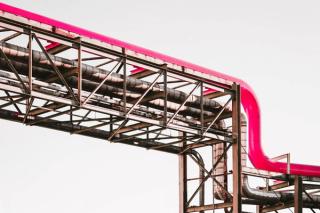
Hong Kong case study: Overcoming barriers to a Zero Landfill direction through solutions that decarbonise the waste sector
by Dane Ancheta
View post

In the process industries, application of the functional safety standards BS EN 61508 and BS EN 61511 covering the design, installation, commissioning, testing and inspection of new safety instrumented systems (SIS) on high hazard sites is, in general, well understood and accepted. This is in contrast to guidance for legacy systems (i.e. SIS aligned to earlier standards such as DIN 19250, ISA 84 or HSE’s PES 1 and 2 guidance documents) where clear direction on verification of system performance in particular has been confusing at best, leaving many wondering what to do and what is expected of them by regulators.
But recent guidance published by the Chemical and Downstream Oil Industries Forum – CDOIF Guideline Functional Safety Management of Installed Safety Instrumented Systems – goes some way to addressing this issue. It forms the basis, in part, for the HSE’s approach to legacy systems when performing specialist inspections on the topic of functional safety and contributes to a demonstration that “all measures necessary” have been taken to reduce risks.
Based on feedback from sites, in relation to legacy systems it has been found that there is generally a lack of:
For legacy installed SIS, a suitable approach might be to perform a functional safety assessment stage 4 (FSA 4), to provide a root and branch review of all stages of the safety lifecycle for the SISs in place to deliver the safety instrumented functions (SIF).
A functional safety assessment is defined in BS EN 61511 (2017) as an “investigation, based on evidence, to judge the functional safety achieved by one or more SIS and/or other protection layers”
An FSA 4 will investigate all stages of the functional safety lifecycle and should consider the following (non-exhaustive):
If the answer is no, or you are unsure then please contact us to find out how we can help.

by Dane Ancheta

by James McKechnie, Ian Todreas

by Alan Clarke, Robin Kelly